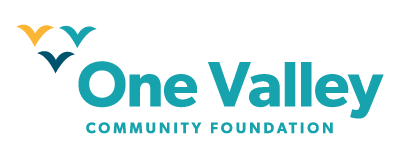A treat to boost 2021: Congress extends charitable giving incentives
A treat to boost 2021: Congress extends charitable giving incentives
As your clients reboot after a wild 2020, now is a great time to address their charitable giving plans for 2021. COVID-19 has proven to be a marathon, not a sprint. Nonprofit organizations will be relying on the generosity of donors for the foreseeable future to stay afloat and serve the people who need their programs.
Consider dropping a quick note to clients for whom philanthropy is a priority, sharing a few tips that can help make 2021 a better year for our community:
Even non-itemizers should plan to make at least $300 in cash contributions to qualifying charities (and now $600 for non-itemizing joint filers) this year. The Taxpayer Certainty and Disaster Tax Relief Act of 2020, known as the Coronavirus Stimulus 2.0 bill, was passed by Congress on December 21, 2020 and signed by President Trump on December 28. The legislation extends the CARES Act’s temporary, above-the-line charitable deduction for contributions to qualifying public charities for tax year 2021.
The Coronavirus Stimulus 2.0 bill also includes a one-year extension of the CARES Act’s provision increasing charitable deduction limits to 100 percent of AGI for contributions by individuals to qualifying charities. This creates an opportunity to work with your clients on a charitable giving budget for 2021, especially because you’ll want to run calculations to determine whether clients can benefit from this incentive, or whether a client would still be better off carrying forward charitable contribution deductions into future years.
Given the extensions included in the Coronavirus Stimulus 2.0 bill, coupled with the general uncertainty about potential tax reforms under the Biden administration, it is wise to counsel your clients about being especially organized about charitable giving in 2021. Clients will want to be even more conscientious about the impact of dollars invested in the community, too.
As always, we would be pleased to assist you and your clients. For example, donor-advised funds and other planning vehicles through the community foundation can help your clients organize their giving and deploy it in a way that maximizes results for the causes your clients care about.

